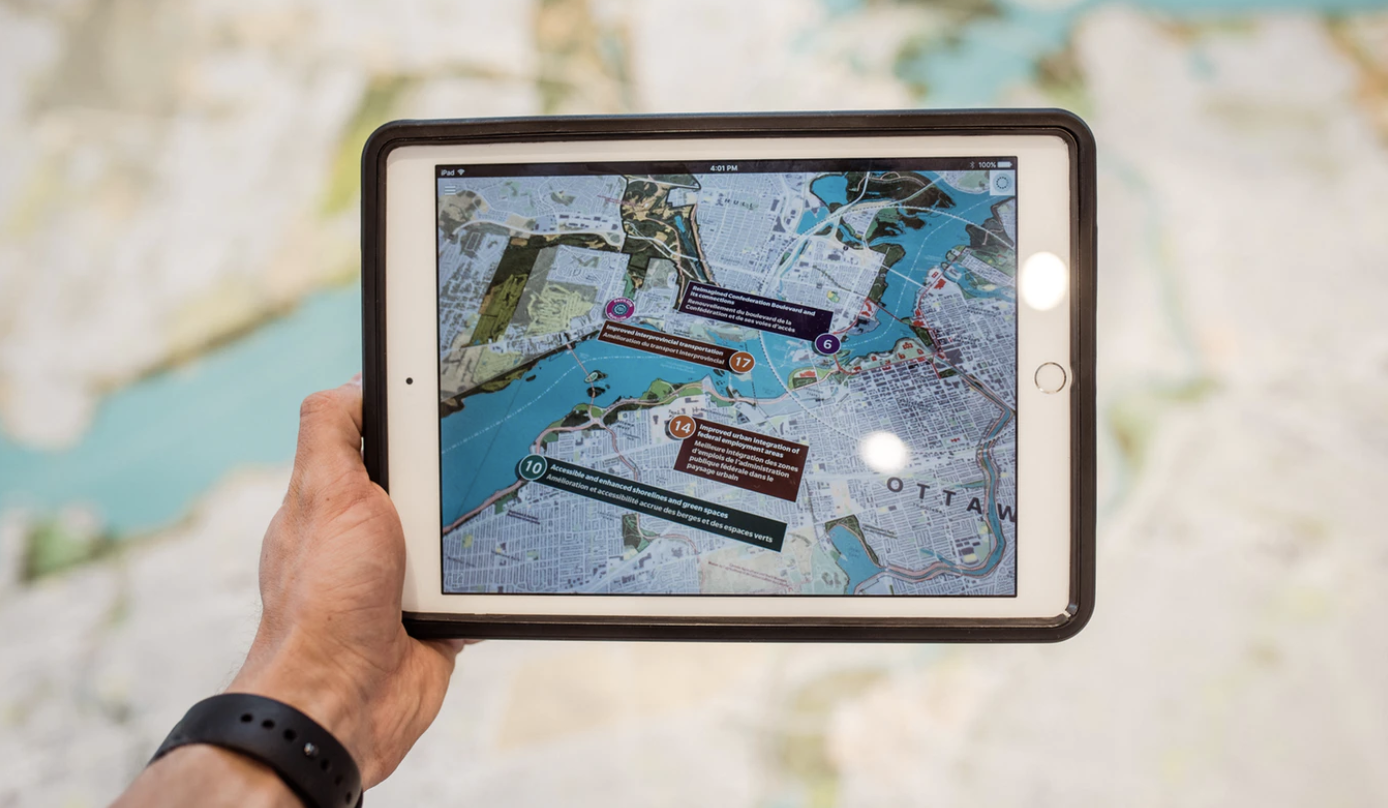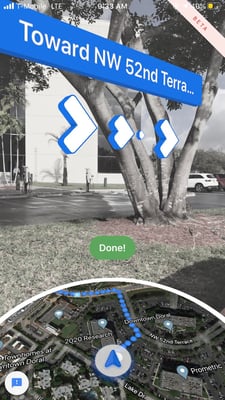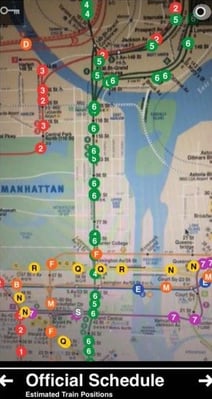
Within the last few years, technology has grown at an exponential rate with Augmented Reality being introduced in multiple industries, such as education and training. Augmented Reality (AR) is defined as the enhancement of the real environment by computer-generated content, allows its users to see the real world together with an additional virtual world added in real-time to the same field of view. AR technology has been introduced into the tourism industry to add more interactive elements and improve the traveler's overall experience.
Travels tend to include research, as customers want to know which places must-see and which others are interesting to them before they arrive. While traveling, the most common and involuntary activity is to look around and absorb the beauty of this new place being visited. During these modern times, tourists have the habit of using their smartphones for everything, even when traveling. Taking a step towards AR apps does not seem like a big step.
How AR and Tourism Fit Into Each Other
Implementing AR technology to ensure the traveler's experience makes it a perfect add-on tool for the tourist and the tourism industry. Hotels, museums, and other businesses operating in the tourism field would benefit from providing an interactive environment and enhancing the tourists’ visit. By providing this augmented experience, travelers can travel search easier and feel comfortable going out and exploring the new place.
NavigationWhether you are looking for directions in the city you live or visiting a new place, the following directions can be complicated and confusing. Implementing AR into the navigation increases the accuracy of the tourists following guiding directions.
Google Maps has implemented an A.R. mode into its mobile app. This mode is strictly for walking navigation. Users will need to point the camera to the buildings surrounding them to start the overlaid directions on the real-world.
Tunnel Vision is an A.R. app, which helps travelers navigate the New York City subway map and to get around the city. This app brings the NYC subway map to live, by showing where the subways currently are, and if they have any delays.

Picture Google Maps AR mode.
 Picture NYC Tunnel Vision app A.R.
Picture NYC Tunnel Vision app A.R.
Benefits of AR for Tourism
Interactive Guides
AR can provide and ensure information is available to the customer 24/7. Cities that are filled with history, such as Florence, Italy, have implemented the use of A.R. technology to provide their tourists with an immersive experience to explore the city. Florence may allow users to point their smartphone at a building or landmark and learn in real-time more about it. A user will be able to point their phone at a historic building and have more information available, and if they pointed at a restaurant, the app would provide them with reviews and menus.
EntertainmentWhile this category gained the public's attention with Pokémon Go, implementing A.R. to the tourism industry would enhance the young travelers' experience. An example is how Best Western hotels have implemented the use of A.R. technology to allow children to see Disney characters in their hotels — allowing young travelers to treasure-hunt elements in their hotel buildings.
However, the tourism industry does not discriminate against its tourists by age. A British hotel has implemented interactive elements into their hotel rooms by placing A.R. interactive wall maps. Their guests can view the maps with a smartphone or tablet and gain information about local places of interest.
Museums are also known for using A.R. technology to enhance their customer experiences. Museums have added A.R. to add explanations of their pieces or have displays capable of bringing objects or scenes to life. Being able to bring objects or scenes to life, brings a new feel to existing objects, collections, and attract and entertain wider audiences.
The Smithsonian Institution Museum in Washington D.C. provides its guests with an A.R. experience with their bone's exhibition where the guests can see how the animal looks in real-life compared to the skeleton present in front of them.
Some other museums with A.R. experiences:
- The National Museum of Singapore has an immersive exhibition called Story of the Forest.
- The Art Gallery of Ontario, Toronto
- The Kennedy Space Centre, Merritt Island with their shuttle launch experience.
AR and tourism has great potential to improve travel experiences for users all over the world. We at Key Lime Interactive are dedicated to understanding emerging technologies and are excited to see how this relationship continues to develop.
READ MORE: AR Helmets and Rider Distraction, The Social Experience of Digital Reality Use, What's the Difference Between VR, AR, and MR?, AR, Art and Snapchat







Comments
Add Comment